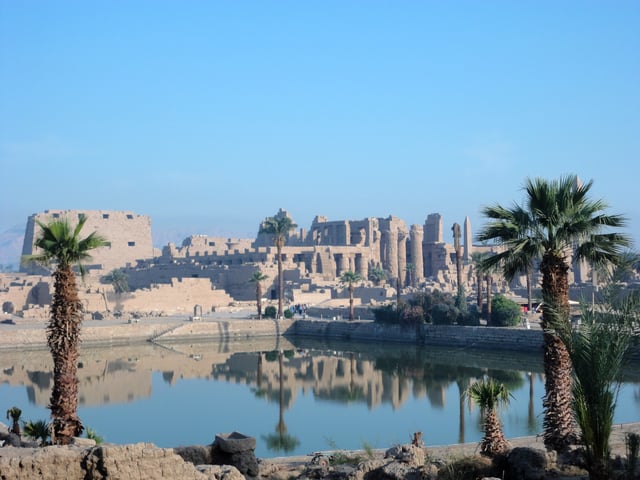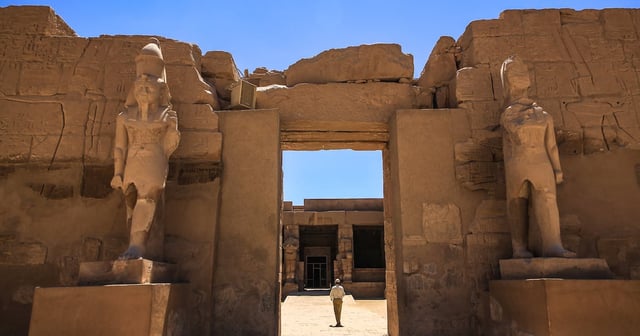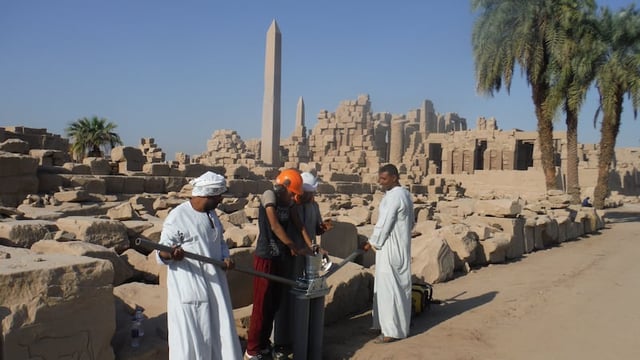Overview
- Published October 6 in Antiquity, the international team reports the most comprehensive geoarchaeological survey of Karnak to date.
- Evidence indicates the site was regularly flooded before about 2520 BCE, with earliest occupation likely in the Old Kingdom and ceramics dated roughly to 2305–1980 BC.
- Analysis of 61 sediment cores and tens of thousands of sherds maps how diverging Nile channels first formed an elevated island and later opened space for expansion.
- Researchers identified a more substantial eastern channel than previously assumed and note human modification of waterways through deliberate sand dumping.
- The authors suggest a plausible link to Ra‑Amun creation beliefs, and they plan further Luxor floodplain studies under Egyptian permits with named grant support.


